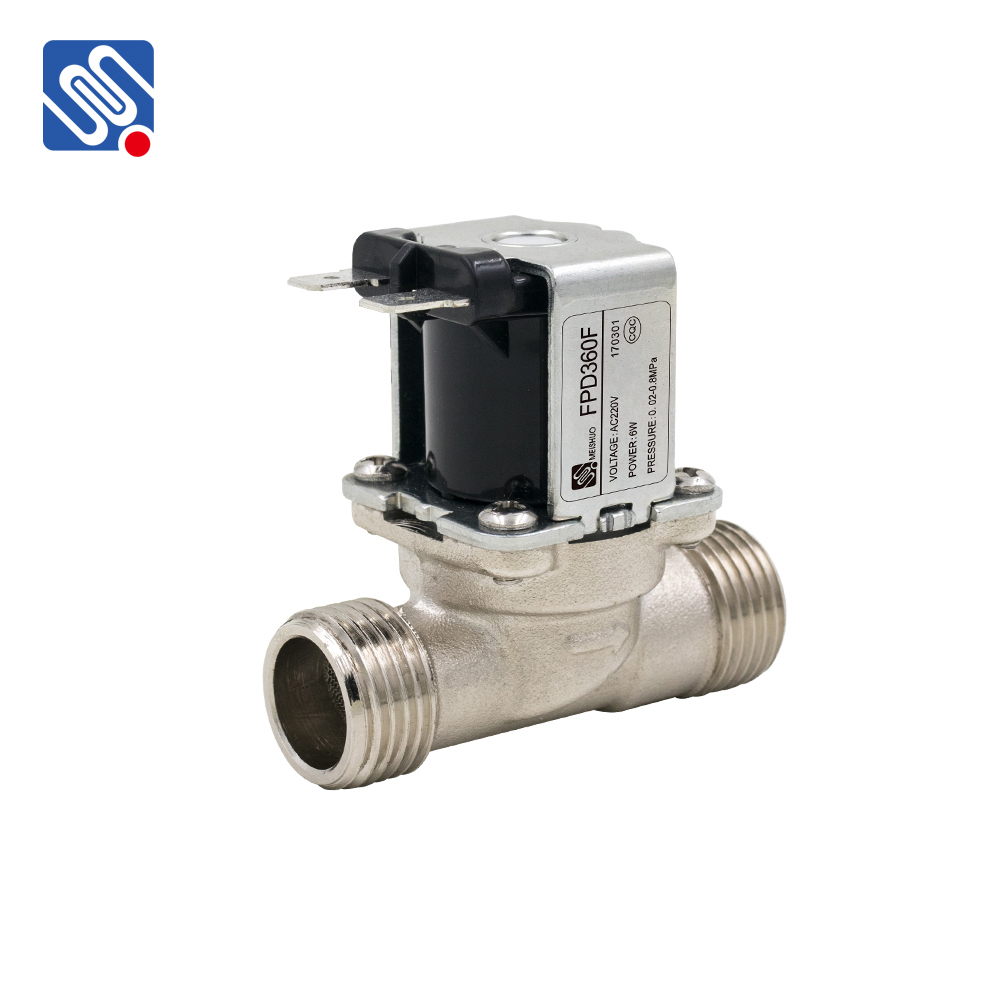Understanding Direct Acting Solenoid Valve: Key Features, Working Principle, and Applications

Direct Acting Solenoid Valves are widely used in fluid control systems across various industries due to their simplicity, fast response, and versatility. These valves operate using an electromagnet to directly control the movement of the valve’s internal components, enabling precise control over the flow of gases or liquids. This article explores the features, working principle, and applications of Direct Acting Solenoid Valves to better understand their importance and functionality in automation systems. Key Features of Direct Acting Solenoid Valves One of the main advantages of a Direct Acting Solenoid Valve is its straightforward design, which eliminates the need for additional components like a spring or pressure differential. These valves typically consist of a solenoid coil, plunger, valve seat, and valve body. The solenoid coil is powered by an electrical current that generates a magnetic field, which in turn moves the plunger and opens or closes the valve. This design allows for precise control of fluid flow with minimal delay.